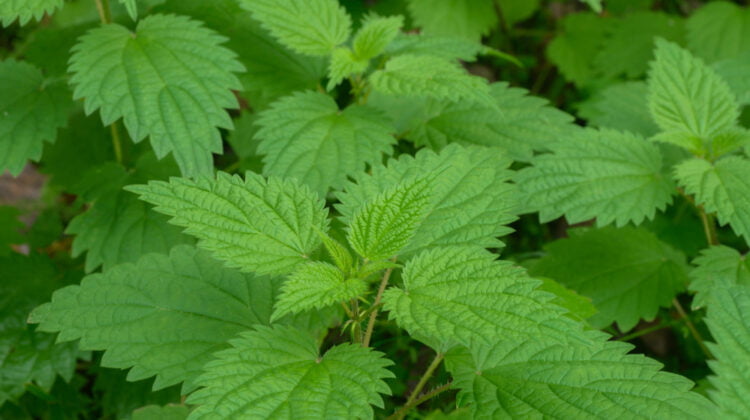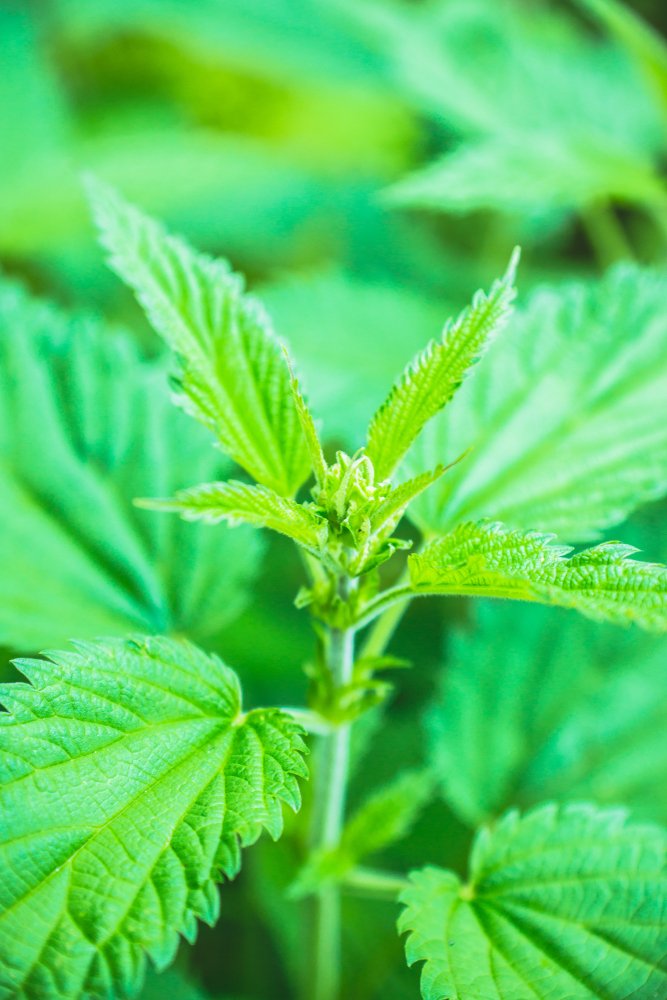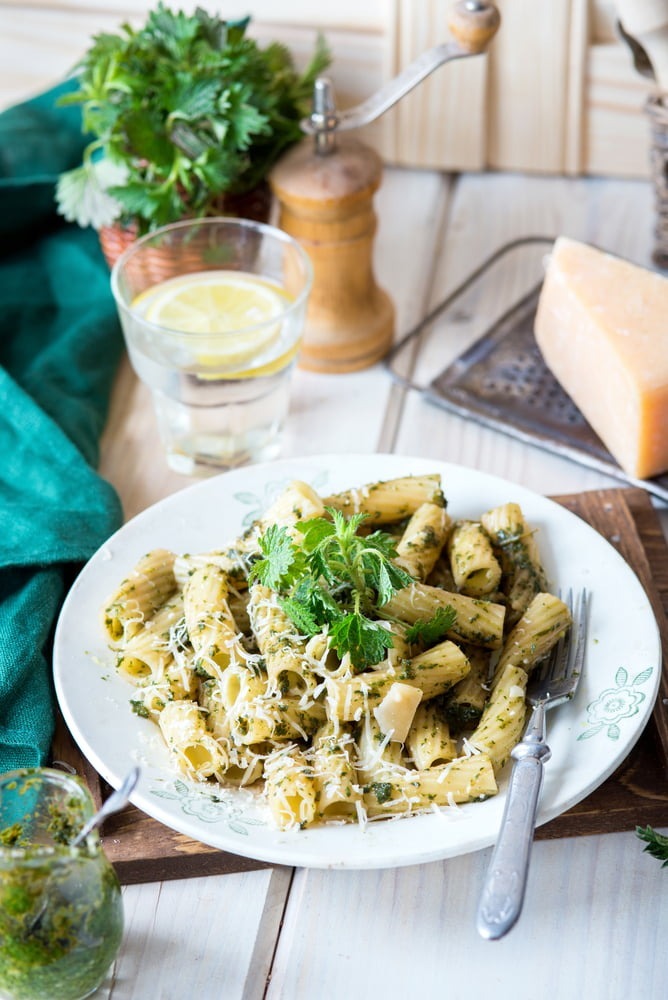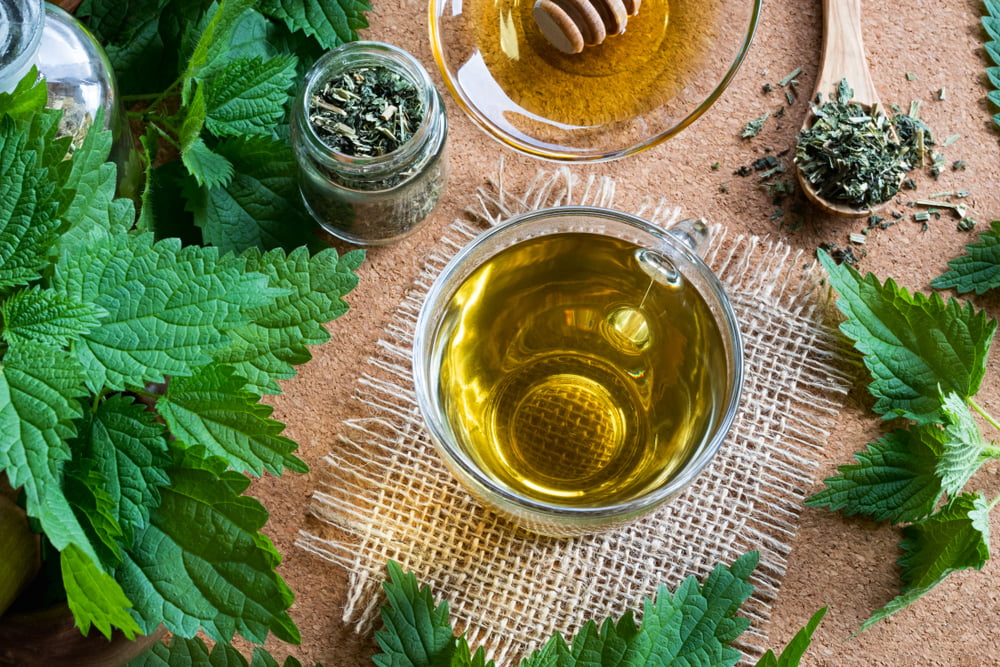
Plants have always held a special place in my heart. Their remarkable resilience, unwavering selflessness, and undeniable power never cease to amaze me. I find beauty in the gentleness of lavender and chamomile. The intriguing discomfort caused by stinging nettle and giant hogweed fascinate me profoundly. I even perceive a certain mystique in the deadly allure of belladonna and water hemlock. Yet, among these botanical wonders, one plant stands out in my eyes – the ubiquitous stinging nettle. Its remarkable health benefits and culinary versatility make it a true gem in the world of plants. Today, I invite you to explore its many virtues with me.
Its remarkable health benefits and culinary versatility make stinging nettle a true gem in the world of plants.
A beginner’s guide to stinging nettle
Stinging nettle (Urtica dioica) is a perennial flowering plant found throughout the world in temperate regions. Its stinging hairs release chemicals that can cause a painful, itchy rash when they come into contact with the skin. Stinging nettle is both a weed and a remedy, depending on how people use and perceive it.
In many parts of the world, people see stinging nettle as a weed because it can grow quickly and easily in many different environments. It often takes over areas where it is not wanted. Its stinging hairs can also make it difficult to manage and control.
The rose is often found near the nettle.
Ovid

perennial
a plant that lives for several years
Source: Cambridge Dictionary Online
However, stinging nettle also has a long history of use as a medicinal herb. Stinging nettle leaves and roots have been used in traditional medicine to treat a variety of ailments, including allergies, arthritis, urinary tract infections, and respiratory issues. They are rich in nutrients like vitamins A and C, iron, calcium, and magnesium, and have anti-inflammatory properties.

In addition to its medicinal uses, stinging nettle can also be a food source. The leaves can be cooked and eaten like spinach, and are a good source of protein and other nutrients.It’s important to note that handling stinging nettle can cause skin irritation, so it’s recommended to wear gloves when harvesting or handling the plant. You can neutralize the stinging hairs by cooking or drying the leaves.
Stinging nettle recipes
Stinging nettle features in a variety of food recipes, and it is a nutritious and flavorful ingredient in soups, stews, and teas. Here are some simple ideas for adding stinging nettle to your diet:
- Nettle Soup: Nettle soup is a classic recipe that is easy to make and delicious. Simply sauté onion and garlic in butter or oil, add chopped stinging nettle leaves and chicken or vegetable broth, and simmer until the nettle is tender. Blend the mixture until smooth and serve with a dollop of crème fraîche.
- Nettle Pesto: Replace the basil in a traditional pesto recipe with stinging nettle leaves for a nutritious and flavorful twist. Blend stinging nettle leaves with garlic, pine nuts, parmesan cheese, and olive oil until smooth, and use as a sauce for pasta, fish, or chicken.
- Nettle Quiche: Add chopped stinging nettle leaves to a quiche filling made with eggs, cheese, and cream, and bake until set. This is a great way to get your daily dose of greens in a delicious and satisfying meal.


- Nettle Tea: Steep stinging nettle leaves in hot water for a few minutes to make a refreshing and nutritious tea. Add a slice of lemon or honey to taste.
- Nettle Smoothie: Blend stinging nettle leaves with your favorite fruits, yogurt, and honey for a nutritious and refreshing smoothie that is rich in vitamins and minerals.

Leave a Reply